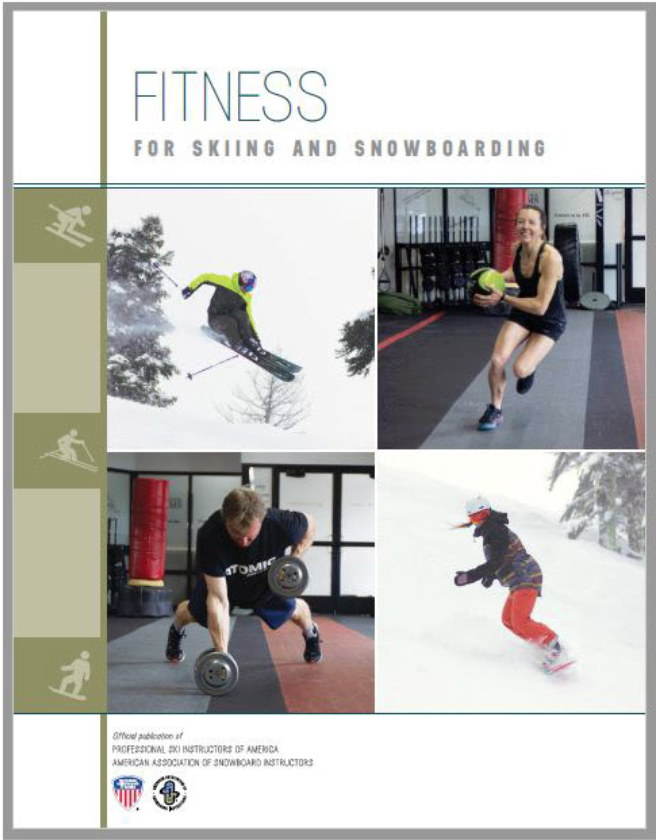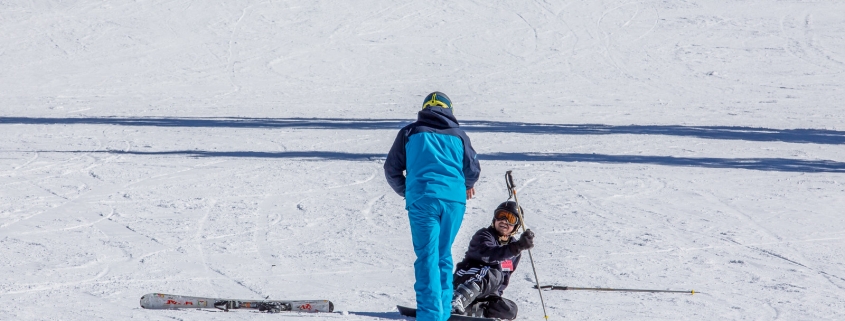A Message from Nicholas Herrin, PSIA-AASI CEO
At this time, you’re very aware of the unprecedented challenges the world and our snowsports industry are going through. I want you to know how much you – and all of our members – are in my mind and the minds of the rest of PSIA-AASI’s leadership team across the country during this unsettling time. The COVID-19 pandemic puts great stress on your personal and professional lives, and we want to ensure that your organization does all it can to support you, the rest of our membership, and the great community we all love.
The best part of being a PSIA-AASI member is the community it creates for each of us around snowsports, regardless of our discipline, age, or what part of the world we call home. Right now, we’re all in a position to tap into our great community and support each other. Please know your leaders are working hard every day to discuss, problem-solve, and find ways that your organization can best support you as members. Over the past week, the divisional operational leaders have held daily calls to talk about how we can continue to support each other, our divisions, and members. I’m so impressed with how the leadership team of this organization has stepped up to help one another.
Many of our members are now out of work or may experience a longer gap between their seasonal employment. I ask each of you to please take a few minutes to continue to check in with each other; to use today’s technology and find ways to have healthy conversations and safe interactions to remind each other of the incredible network we have and also help keep us all motivated during these difficult times.
After you tend to the most pressing issues of your daily life, you may find yourself wanting nothing more than to just think about snowports – something we all love and are so passionate about. That’s a good time to read more of the Spring 2020 issue of 32 Degrees, check out free digital resources (like the Fitness for Skiing and Snowboarding guide and the Adaptive Instruction Supplement); read the latest industry news on our website; and stay connected to each other on our social channels.
We’re a community that does an amazing job of supporting each other in the winter environment. Now more than ever, let’s look for new ways to keep that up. Maybe it’s as simple as making a phone call or dropping off some food to a fellow member to help them out.
While I don’t have all the answers right now for many questions in the here-and-now and for next season, I do want you to know we’re thinking about everyone in every division and all across the country, and wishing you all the best.
Whatever you are doing during this time of uncertainty and constant change in your community, let’s get through this together. Please be well, be safe, be informed… and be there for one another.
It is my privilege to be a member of this community and to work to find new ways to support you all, on and off the snow.
Nicholas Herrin
PSIA-AASI CEO




















